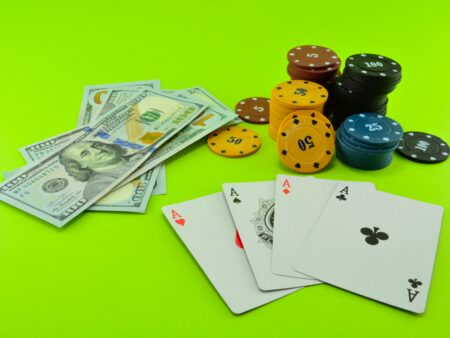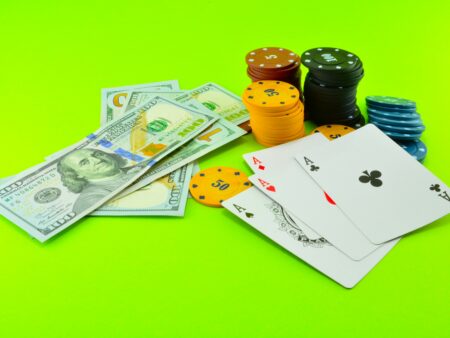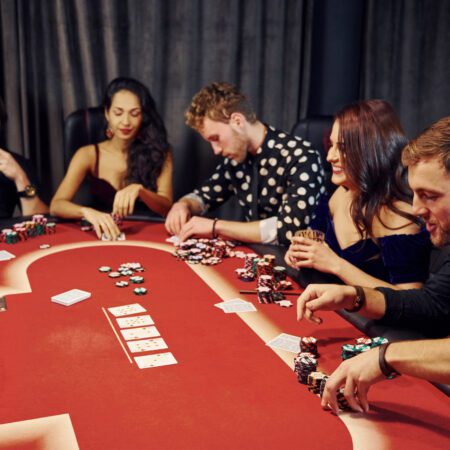Discover how reading your opponent’s body language can radically improve your decision-making abilities on the poker table. Dive into the depths of poker psychology.
Psychology of Poker: Reading Opponents for Better Decision Making
Picture this. You’re seated at a shimmering, green-felt poker table, the scent of splintered wood and excitement hanging in the air. Nervously, you peek at your hole cards. It’s a decent hand, but poker’s more than just the cards, isn’t it?Blackjack card counting isn’t the only game that requires sharp strategic acumen. Now, your decision becomes critical as you weigh the small pile of multicolored chips sitting in front of you. Call, fold, raise… What would you do?
The Power of Observation in Poker
Surprisingly, did you know that a genuine smile involves not just your mouth but also your eyes? Dubbed as Duchenne smiles, poker players often scrutinize their opponents for such telltale signs. These subtle cues can dramatically switch a decision from a fold to a call or even a bluff.
The real game runs deeper beneath the surface, where you’re playing the player, not the cards. Formulating a winning hand merges the odds with the opponents’ behaviors. It’s more a dance of deception and perception. Every twitch, hesitation, or eye flicker lodges priceless insights.
Decoding Opponents: The Art of Observation
With poker’s bluffing nature, behavior can often mask true intentions, but it also can telegraph information for those keen enough to dig. The trick is in knowing where to look. Some players wear their thoughts unmistakably, an involuntary smirk, a touch of their lips, or a tap of their fingers. Others are harder, their faces as unreadable as a blank page, their actions methodical and deliberate, giving nothing away.
A tell doesn’t always need to be as dramatic as a nervous twitch or an unusual habit. Things like the speed of decision-making or a change in betting pattern could also reveal the confidence or concern of a player. Or, perhaps they’ve suddenly gone quiet or won’t meet your gaze when they usually do. These little psychological ‘leaks’ can be more revealing than a loud exclamation or a hasty bet.
Poker pros often keep a mental catalog of their opponents’ habits, tracking their responses and any ‘tells’ they might reveal. Linking behavioral patterns with the strength of an opponent’s hand is the name of the game.
Perfecting Your Poker Face
However, let’s flip the coin here. As important as it is to decode others, it’s equally crucial to mask your own signals. Have you ever played poker with someone who appears as though they couldn’t care less about the game? Often, this disinterested façade is strategic, designed to belie true intentions.
Mastering a poker face isn’t about freezing your face into an expressionless mask; it’s about controlling your reactions and maintaining a consistent demeanor. If you naturally chat, stick to your chatty self while bluffing or holding a killer hand. Consistency, my friends, is paramount.
Mix your behavioral patterns to keep opponents guessing. Suppose you normally take time over your bets. In that case, occasionally slap down a fast bet, whether you’re holding a clutch of diamonds or a handful of nothing. It’s just as important to keep your ‘tells’ amorphous and ever-changing.
Checkmate in Poker
Once you understand these subtleties, poker becomes a whole new game. Suddenly, it’s less about the luck of the draw and more about mind play. Mastery in poker is a blend of risk analysis, courage, and psychological warfare, and you, a master strategist, ready to claim your victory. So, ready to deal in?










